
- Please tell us a little bit about yourselves and your work at IISD.
Angie: I’m the Director of Gender Equality and Social Inclusion (GESI) for Resilience at IISD. I’ve been with the Institute since 2014, working on different aspects of climate change adaptation policy and practice. I’ve been working on climate change for more than 20 years, always with a people-centered and equity-oriented approach. Recently, a lot of my work has focused on National Adaptation Plan (NAP) processes, working with governments and other actors to integrate gender and social considerations in adaptation planning, and tracking progress and advocating for gender-responsive NAPs at the global level. I’m a lover of good food and happiest when I’m in nature.
Cameron: I’m a Policy Advisor for the Resilience Program at IISD with the focus of my work on equity issues and climate change adaptation. My time is split between the Resilience Program’s Canadian file, where I focus on how municipalities and other small, rural, and remote communities can better prepare for the impacts of climate change, and our international work where we focus on integrating gender equality and social inclusion considerations into adaptation planning processes. I am a self-proclaimed data nerd so I love nothing more than to dive into a dataset or assist with sticky data analysis problems. When I’m not at work you can often find me fussing in my garden or out in Canada’s great outdoors!
Together: We both sit in the Gender Equality and Social Inclusion (GESI) Team within IISD’s Resilience program. We’re part of a multidisciplinary team that helps governments, communities, and businesses manage shocks and stresses, such as those related to the impacts of climate change. We undertake this work in a wide range of developing countries, as well as in Canada.
2. Why is data at the intersection of gender and environment/climate important to IISD? What inspired IISD to become a founding member of GEDA?
As a think tank, data is at the heart of what we do. IISD works to deliver knowledge that inspires better decisions and sparks meaningful action, including in the area of gender and climate change. We recognize the power of data, but also the need to analyze, translate, and communicate it to those who need it in ways that enable its use in decision making. We believe in GEDA’s vision and were excited to join other like-minded organizations to push for better uptake of gender-disaggregated data and intersectional analysis.
3. IISD leads important technical work on climate policy and processes. Can you walk us through the ongoing Global Stocktake? Why is gender-environment data important in this process?
The Global Stocktake (GST) is the process that has been put in place to assess countries’ collective progress towards achieving the long-term goals of the Paris Agreement. It looks at mitigation, adaptation and loss and damage, and means of implementation and support, with a view to inform countries’ updates to their national climate policy instruments and increase their ambition in climate policies and plans over time. We are now in the late stages of the first GST, with future Stocktakes to take place every five years. The GST includes a review of how climate action is aligned with countries’ commitments on human rights, gender equality, and women’s empowerment, as well as the rights of people in vulnerable situations. Gender data is instrumental to the GST process, to assess this alignment and ensure that climate action provides equitable benefits to people of all genders and social backgrounds.
4. What are some other programs you’re working on where gender and environment data are important, and why?
Gender and environment data are important across the work of the Resilience program. For example, we host the secretariat of the NAP Global Network, and one of the things we do is track how gender and social considerations are integrated in NAP processes. We systematically review the NAP documents submitted to the UNFCCC, and we document promising examples of steps our government partners and other actors are taking to make their NAP processes more gender-responsive, recognizing that the documents only tell one part of the story of adaptation planning. In another example, we’re working on launching the Climate Adaptation in Protected Areas (CAPA) initiative, which will undertake research to analyze the gender and biodiversity benefits of nature-based solutions implemented in protected areas in several countries. These examples illustrate the range of different types of gender and environment data we work with, from participatory data collection with communities to global assessments of progress in national adaptation planning.
5. What are some upcoming policy moments/processes you think will be important for GEDA and to raise the profile of gender-environment data?
The last Technical Dialogue (TD) of the GST took place at the 2023 Bonn Climate Change Conference (SB58). Countries and relevant stakeholders had one last opportunity to provide their inputs on how current climate action is aligned with countries’ commitment on gender equality, social inclusion, human rights safeguards, and women’s empowerment, leveraging gender-environment data. The political phase of the GST—the Consideration of Outputs (CO) phase—will commence at COP28 in Dubai, where countries will consider the outputs of the TD process and derive key messages and recommendations in a high-level declaration and/or a COP decision. Raising the profile of gender-environment data and its utility in informing policy-makers on progress and gaps during the CO phase will create momentum for the next rounds of GST to more systematically and intentionally assess the world’s collective progress on gender-responsive and socially inclusive climate action.
The other process we’re closely watching is the Gender Action Plan (GAP) under the UNFCCC. We have just passed the midpoint of the current iteration of the plan and are looking forward to discussions on the way forward after this phase. Gender data is central to the GAP. It’s needed to assess progress in the different priority areas—for example, to track gender balance in participation in the UNFCCC process, and to evaluate progress in integrating gender considerations in national climate policies and plans, such as NAP processes. At the same time, the GAP has a role to play in promoting the generation, analysis, and use of gender data for decision making related to climate change. This means GEDA has a lot to offer to the discussions on the way forward from 2025.
6. Is there a specific resource you’d like to share with the GEDA Insights Network?
The GEDA network might be interested in our synthesis of progress on integrating gender considerations in NAP processes. We discuss the trends since we started tracking this in 2018, and share some promising examples of progress in our partner countries: Gender-Responsive National Adaptation Plan (NAP) Processes: Progress and promising examples – NAP Global Network.
Another resource that may be of interest is this interactive infographic summarizing the key findings from a knowledge, attitudes, behaviours, and practices study that focused on institutions involved in coordinating climate change and disaster risk reduction in 9 Caribbean countries: EnGenDER – Responsive Resilience (iisd.org).
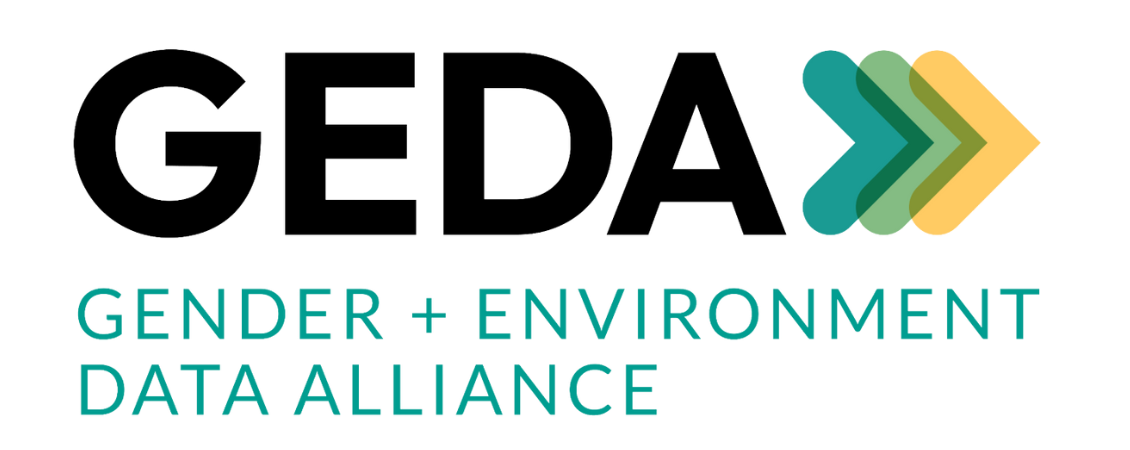

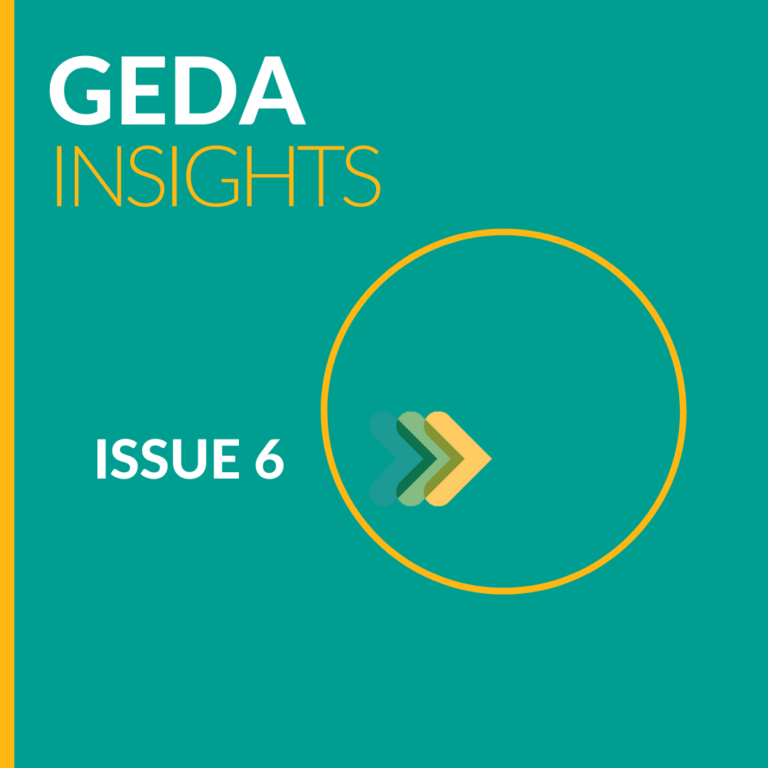


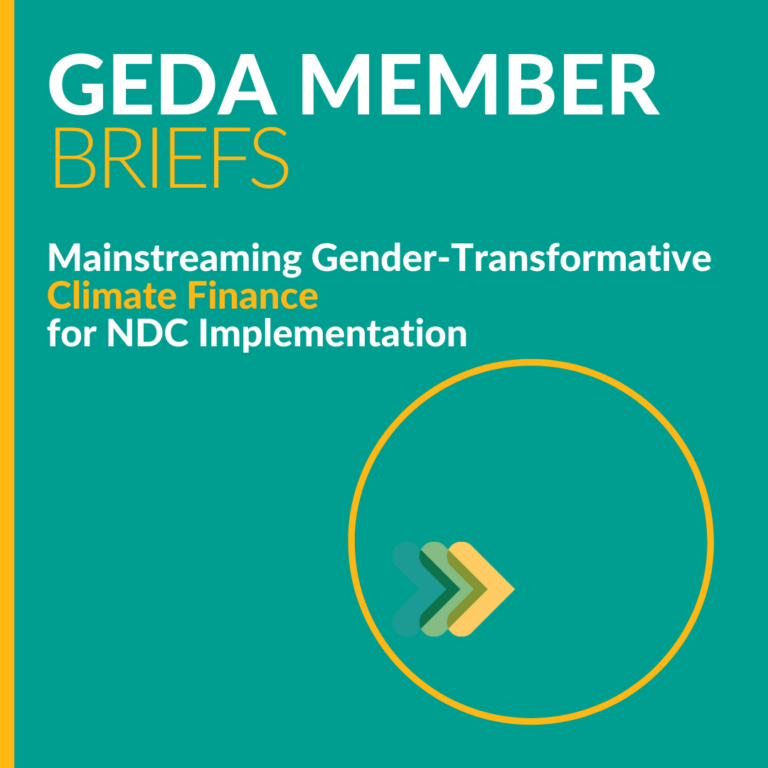
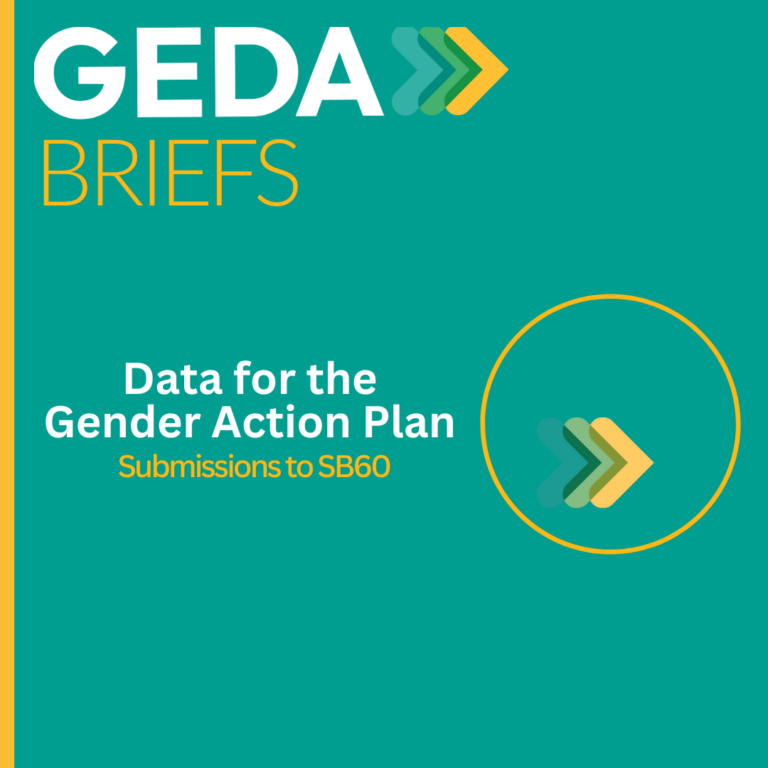
1 Comment
Comments are closed.